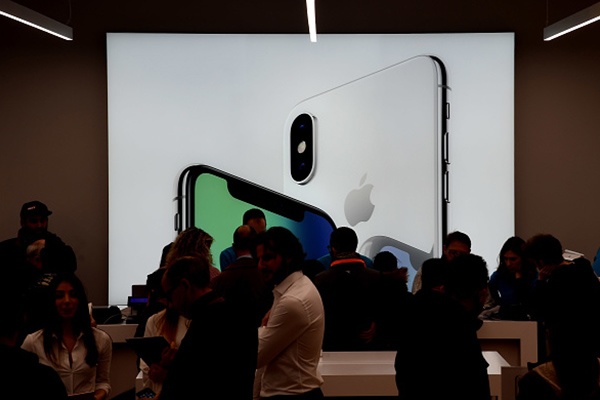By Swissquote Analysts
Luxury in Transformation

Champagne-fuelled shopping sprees at Place Vendome in Paris and Manhattan’s Fifth Avenue may become more of a rarity than the items lining the boutique shelves: a seismic shift has reshaped the way high-rollers and label-lovers shop. The COVID-19 pandemic forced the luxury sector to shake off its smug exclusivity and give in to e-commerce solutions and expectations of environmentally-friendly operations, as well as ventures into the metaverse. The results are likely to power profits for years to come.
Digitalisation
Prior to the pandemic, many of the high fashion houses refused to sell their wares online for fear of compromising the exclusivity of customer experience. Ordering ALAÏA from Amazon, or Hermes from eBay just wouldn’t have the same luxury feel. The pandemic, however, shook up the scene and in recent times, most luxury labels have adapted: for the first time, Patek Philippe is allowing retail partners to sell online.
British-based e-commerce site Farfetch doubled its own sales during 2020, and spent the profits wisely, snapping up other brands and providing an efficient platform to sell their wares. While appearing to be a forced reality, digitisation has opened up a whole new world for the fashion labels savvy enough to capitalise on the opportunity. New consumers with deep pockets are being found in emerging markets, such as China with its burgeoning middle class, tucked away in cities located far from boutique stores.
Couture with a conscience
Luxury goods companies have had to smarten up in terms of Environmental, Social and Governance (ESG) factors, realising these elements can be a deal-maker or deal-breaker for younger consumers. Supply chains have been the focal point for many brands that now boast full product visibility and traceability, promising sustainable practices that resonate with a new woke customer base.
Stella McCartney has carved out a ‘vegan fashion’ niche, creating clothing from mylo, a sustainable mushroom leather created by San Francisco-based company, Bolt Threads. Similarly, Hermès produced an inspired re-working of its 1997 Victoria travel bag in sylvalia, a material that combines mycelium with agricultural waste.
Meta
The industry is plugging into technologically advanced options too. Futurists tells us that the metaverse and NFTs (non-fungible tokens) will account for 10% of the luxury goods market, delivering €50bn in revenues and lifting profits by a quarter. Balenciaga, Burberry and Gucci have created virtual clothing for avatars on platforms like Roblox, while Dolce & Gabbana sold nine NFTs for a tidy US$5.7m. Mid-range power brands are buying in too: toymaker Mattel collaborated with Balmain to auction a set of digital outfits specifically designed for Barbie dolls, while Nike bought British start-up and NFT design studio RTFKT for an undisclosed sum.
Change Equals More Profit
Tastemaker and French luxury conglomerate LVMH (Louis Vuitton Moët Hennessy) has had an outstanding 2021 with growth exceeding expectations. The owner of Louis Vuitton, Dior, Bvlgari and TAG Heuer recorded revenue of a whopping €64.2 billion last year, which represents a 44 per cent increase when compared to 2020, and a 20 per cent jump when benchmarked against 2021.
Deloitte found that the luxury goods market as a whole ‘proved resilient’, as indicated by the fact that the world’s Top 100 luxury goods companies generated revenues of US$252 billion (fiscal year ending December 31, 2020). Revenues generated by the Top 10 luxury brands on Deloitte’s Global Powers of Luxury Goods 2021 list alone topped $129.7 billion for 2020, accounting for a whopping 51.4 percent of the total sales by all of the Top 100 brands.
